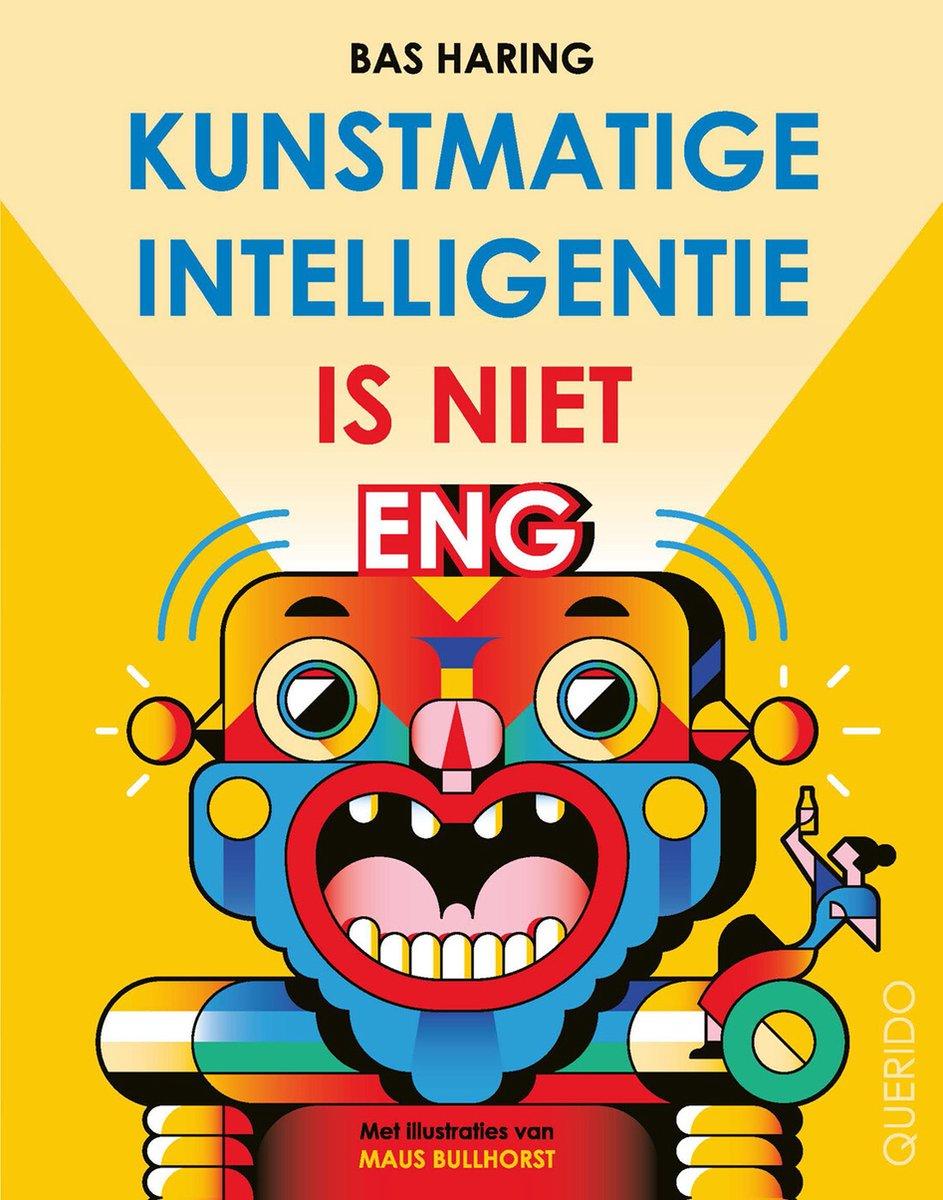Artificial Intelligence Isn’t Scary
You might have a PhD in something like artificial intelligence, but that doesn’t mean you can write about it for children in an accessible way. Professor and philosopher Bas Haring certainly can do that, though – and he proves it in this book.

He first explains in an elegant and simple way how a computer works, by talking about lights that go on and off and how you can use that to do sums and even create a memory.
But that isn’t enough. How does a computer solve questions that are relatively simple for human beings? Like, what’s the shortest route from A to B? Or much more complex ones: what’s the best move to make next in a game of chess? People have been pondering these questions since the 1950s, but computers have only recently become fast enough to be able to figure it all out.
And then it gets really exciting: can a computer learn, too? And if a computer can learn, can it also think for itself? Can it do so even better than a human being? And if a self-driving car hits someone, is it guilty? Haring uses example after example to show that these are not foolish questions and that, although computers can do a lot of things, that doesn’t mean they’re going to take over the world any time soon.
The answer to the question about whether computers can think turns out to be a philosophical one. As the famous Dutch computer scientist Edsger Dijkstra, one of the first people to write modern algorithms in the 1950s, once put it so well: ‘The question of whether a computer can think is as interesting as the question of whether a submarine can swim.’ This book is not only informative and enlightening, but also mind-expanding.
Bas Haring knows better than anyone else how to make complicated subjects accessible for large groups of readers.
hebban.nl
